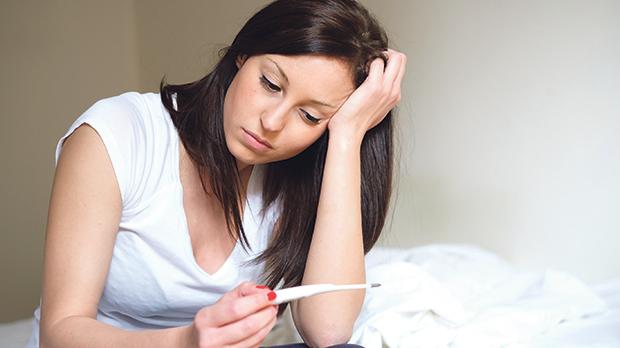Reproduction is one of the more important mechanisms, that we humans are equipped of. In the absence of this, some of us may consider the valuable loss of life. This is probably why once a couple does not conceive within a 1-year period of unprotected sexual intercourse, they become anxious that they may be subject to infertility.
In fact, the symptom of not conceiving in 1 year alone is one good basis for diagnosing infertility.
As complicated as infertility may get, we may find that it can present no real symptoms that will help clear the condition of a couple who are incapable of conception. When this is the case, doctors may diagnose “unexplained infertility”.
However, this is not often the case. The majority of causes do not fall on the “catch-all”. Thirty percent of which may be duly caused by the female factor while another 30% can be attributed to several male problems. The remaining thirty therefore takes up the unexplained infertility or the combination of both factors.
So what truly cause female infertility?
For one, we may safely presume that 15% of all female factors is covered under the structural issues. These normally refer to issues that cover the anatomy of the woman. Thus, it may either be a problem on the fallopian tube or the cervix or fibroid may be found in the uterus.
Blocked fallopian tube is the result of previous endometriosis or pelvic inflammatory disease.
Among these factors may be shared by troubles caused via surgeries or medications. A surgery may lead to the disruption of cervix while DES exposure may affect the woman even while she still was a fetus herself.
While surgical intervention may solve the majority of such cases, some women still have to undergo specialized medical procedures and treatments to help solve infertility.
Mechanical issues, on the other hand, deal with blockage of the fallopian tube due to the formation of scars. This accounts for some 25% to 40% of all female infertility causes.
Thirty percent of female issues may be contributed by ovulation problems. This may either be the product of complete ovulation difficulty or merely the untimely detection of ovulation. Restoration of the ovarian function may be helped with complete evaluation of the cause and eventual medication treatment.
Aging is inevitable. But with this comes the problem on infertility. As the woman ages, the quality of her egg cells may decline along with their potency. This condition is normally worse during the age when almost all egg cells were already released.
Again, as thirty percent of all problems are either founded on unknown causes or may be the mixture of both the male and female factors, female infertility may simply be attributed to unknown or multi-factorial causes.
Can infertility in women be prevented?
There is usually nothing that can be done to prevent female infertility caused by genetic problems or illness.
However, there are steps that women can take to decrease the possibility of infertility:
- Take steps to prevent sexually transmitted diseases
- Avoid illicit drugs
- Avoid heavy or frequent alcohol use
- Adopt good personal hygiene and health practices
- Have annual check-ups with your GYN/Geno once you are sexually active
Ways doctors evaluate fertility:
- A urine or blood test to check for infections or a hormone problem, including thyroid function
- Pelvic exam and breast exam
- A sample of cervical mucus and tissue to determine if ovulation is occurring
- Laparoscope inserted into the abdomen to view the condition of organs and to look for blockage, adhesions or scar tissue.
- HSG, which is an x-ray used in conjunction with a colored liquid inserted into the fallopian tubes making it easier for the technician to check for blockage.
- Hysteroscopy uses a tiny telescope with a fiber light to look for uterine abnormalities.
- Ultrasound to look at the uterus and ovaries. May be done vaginally or abdominally.
- Sonohystogram combines ultrasound and saline injected into the uterus to look for abnormalities or problems.
Treatment Options
- Taking hormones to address a hormone imbalance, endometriosis, or a short menstrual cycle
- Taking medications to stimulate ovulation (be sure to use doctor advisement before beginning any)
- Using supplements to enhance fertility (be sure to use doctor advisement before beginning any)
- Taking antibiotics to remove an infection (doctor prescription only)
- Having minor surgery to remove blockage or scar tissues from the fallopian tubes, uterus, or pelvic area.
There is hope for those struggling with infertility. Don’t give up. Speak with your doctor to see what needs to be done and what steps you can take.







Be First to Comment